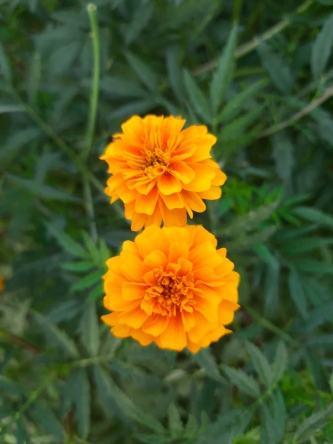Suvojit Bagchi
There are close to 2,000 cases in which tribal people have been languishing in jail since two to seven years. Tribal schoolteacher Soni Sori has been granted bail by a court in one of the eight cases filed against her.
Tribal schoolteacher Soni Sori has been granted bail by a court in south Chhattisgarh in one of the eight cases filed against her.
She has already been acquitted in six cases, her lawyer K.K. Dubey told The Hindu.
A charge sheet was filed against Ms. Sori and others in December 2010 at the Bacheli court for allegedly torching vehicles in Nerli, near Dantewada.
Recently, she was awarded bail in the case.
“She could not be acquitted like in other cases as the witnesses did not appear,” said Mr. Dubey.
Earlier this month, Ms. Sori and her relative, activist-journalist Lingaram Kodopi, were acquitted in the Avdesh Gautam case.
They were accused of planning and executing an attack on a local Congress leader and contractor Avdesh Gautam in which two persons were killed. Thirteen other co-accused, including Congress leader Vijay Sodi, CPI leader Lala Ram Kunjam and a panchayat member of Dantewada, Sannuram Mandawi, were also acquitted and released for want of evidence by a Dantewada court.
The only case pending against Ms. Sori and Mr. Kodopi is the controversial Essar Steel case. They have been accused of arranging “protection money” on behalf of the company to Maoists. The main accused, D.V.C.S Verma, general manager at an Essar steel plant, and B.K. Lala, Essar contractor, were arrested for allegedly disbursing the money.
While Ms. Sori and Mr. Kodopi are in jail, like thousands of undertrial tribal people of south Chhattisgarh, Mr. Verma and Mr. Lala had been granted bail.
The charge sheet has been presented to Dantewada district and sessions judge Anita Dehariya. Charges will be framed by the court sometime in June.
“I hope after this bail and previous acquittal it will not be a problem to get a speedy trial and hopefully acquittal in all cases,” said Mr. Dubey.
While Ms. Sori and Mr. Kodopi’s cases were defended by a team of lawyers and monitored by the press, national and international rights groups, there are close to 2,000 cases in which tribal people have been languishing in jail since two to seven years.
“I once tried to put the number of cases together and it was over 600 only in the Dantewada court. It must have crossed 800 now,” said senior advocate Ashok Jain. Majority of these tribal people do not speak any other language than Gondi, have little or no money to pay a fee, have no national or international rights group to defend their cases and have been booked for allegedly participating in Naxal activities.
In private conversation, top bureaucrats, politicians and lawyers acknowledge that a majority of these cases do not merit a trial in higher courts. “This is a tragedy for a democracy,” said Mr. Jain.
In an interview to The Hindu earlier this week, Chief Minister Raman Singh acknowledged that a “huge number of cases” were pending in various district courts.

